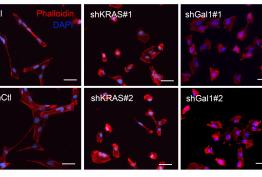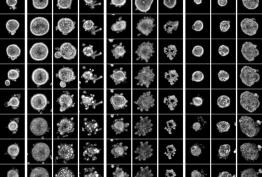IIBB researchers characterize for the first time the role of intracellular cholesterol in patients with Alzheimer's disease (AD) and Down syndrome (SD). In an article recently published in Aging with Fabian Arenas as the first author, the Mitochondrial Regulation Group of Cell Death, led by Jose C Fernandez-Checa, analyzes the expression of STARD1 and NPC1 in hippocampus and cortex samples of patients with AD, with similar results in samples of patients with DS, considered a genetically determined form of AD. The results show the overexpression of both cholesterol transporters in the hippocampus and cortex of patients with AD and SD and their correlation with pathological markers such as Aβ42 and p-Tau. Confocal microscopy analysis with GST-PFO reveals an increase in the content of mitochondrial and lysosomal cholesterol in astrocytes of patients with AD and SD that mimics the expression of STARD1 and NPC1. In addition, the increase in the immunoreactivity of STARD1 in both areas of patients with AD and SD discriminates the control samples from those in patients with AD and SD more accurately than the increase in Aβ42. These results suggest that STARD1 could be a potential preclinical marker associated with early stages of AD.
https://s3-us-west-1.amazonaws.com/paperchase-aging/pdf/ou24XNMrb5b98YM6...







